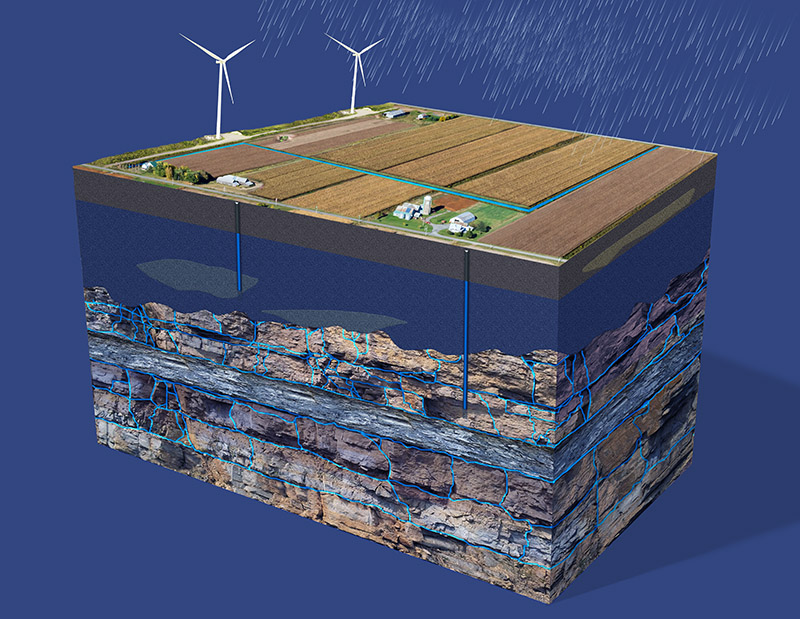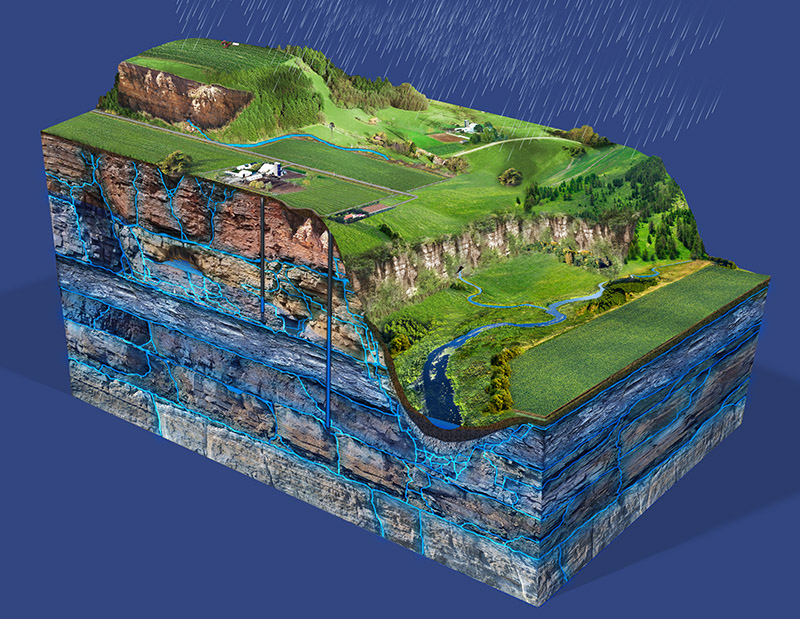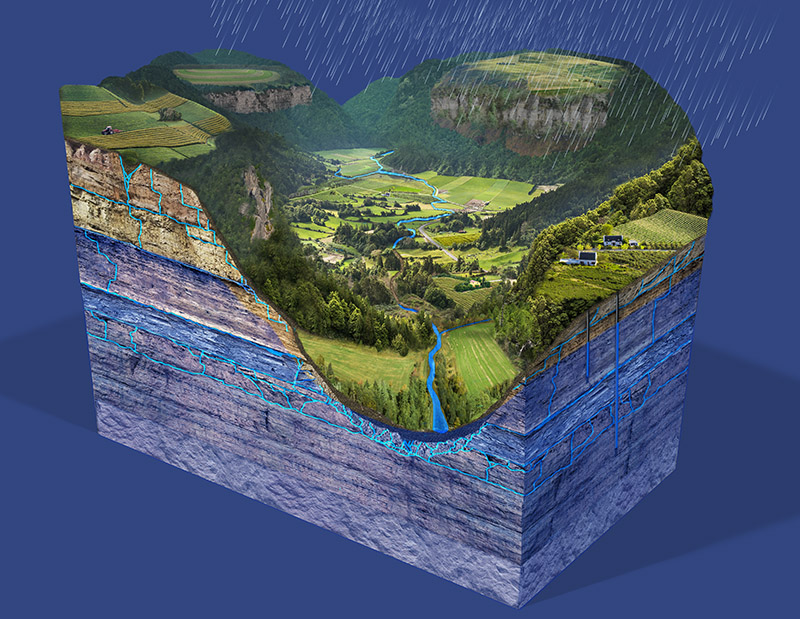This video series shows how groundwater moves in the RRFSP study watersheds. By understanding how groundwater moves differently within the glacial till, karst and bluffland karst landscapes, you can begin to understand how groundwater moves throughout southeast Minnesota and Driftless Area of the Midwest
How Groundwater Moves in Southeast Minnesota (Part 1)
How Contaminants (Like Nitrate) Move in Southeast Minnesota (Part 2)
Nitrate-nitrogen is one of the most challenging and commonly detected contaminates in Minnesota’s water. Discover why some drinking water wells are more vulnerable to contamination and why nitrate concentrations are slowly increasing in certain areas of the Root River Watershed.
Root River Field to Stream Partnership: Lessons Learned
After seven years of collecting baseline water quality data, the Root River Field to Stream Partnership shares the lessons learned and the work with area farmers to identify high risk runoff areas. Nearly 100% of farmers in the study area participated in the field walkover evaluation. Within three years, over 70% of the farmers added additional, targeted practices. Three farmers share their experiences and the work done to increase conservation practices on their fields. Water quality monitoring will continue over the next several years to evaluate the effects of targeted practices in the study area at both the field and small watershed scales.



